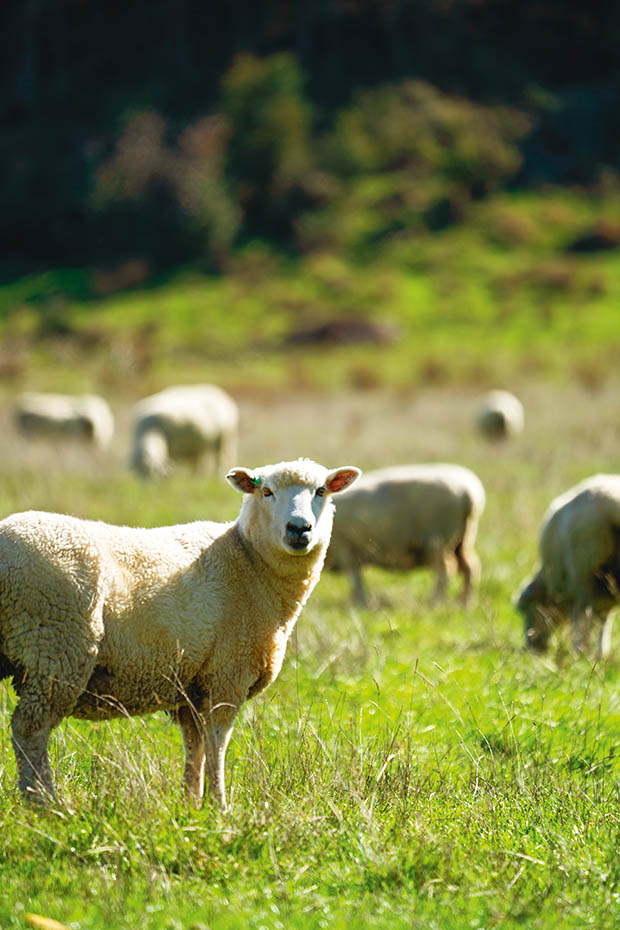3 signs of facial eczema in your livestock

Keep your livestock healthy this summer and autumn.
Words: Nadene Hall
Facial eczema (FE) is caused by a toxin (sporidesmin) produced by the spores of the fungus Pithomyces chartarum. The spores grow in the dead litter at the base of pasture most of the year but cause serious health issues in livestock during summer and autumn.
Click here to check spore counts in your area.
Livestock should be receiving regular zinc treatments in their water, feed, or as a bolus in the stomach until the danger period is over.
Cattle, sheep, goats, and alpaca often suffer severe liver damage but don’t show outward signs (sub-clinical FE). When they do start to show physical signs (clinical FE), they include:
• sunburn patches;
• stock seeking shade and looking depressed, not grazing with their paddock mates;
• jaundice.
There’s no treatment for the liver damage caused by FE. Talk to your vet about pain relief and how to boost their appetite, or euthanasia options.
Help affected animals feel more comfortable by:
• providing shade and clean, fresh, cool water in clean troughs;
• feeding a low protein diet (hay, silage);
• administering vitamin B12 supplements (which may help the liver).
Love this story? Subscribe now!
 This article first appeared in NZ Lifestyle Block Magazine.
This article first appeared in NZ Lifestyle Block Magazine.
